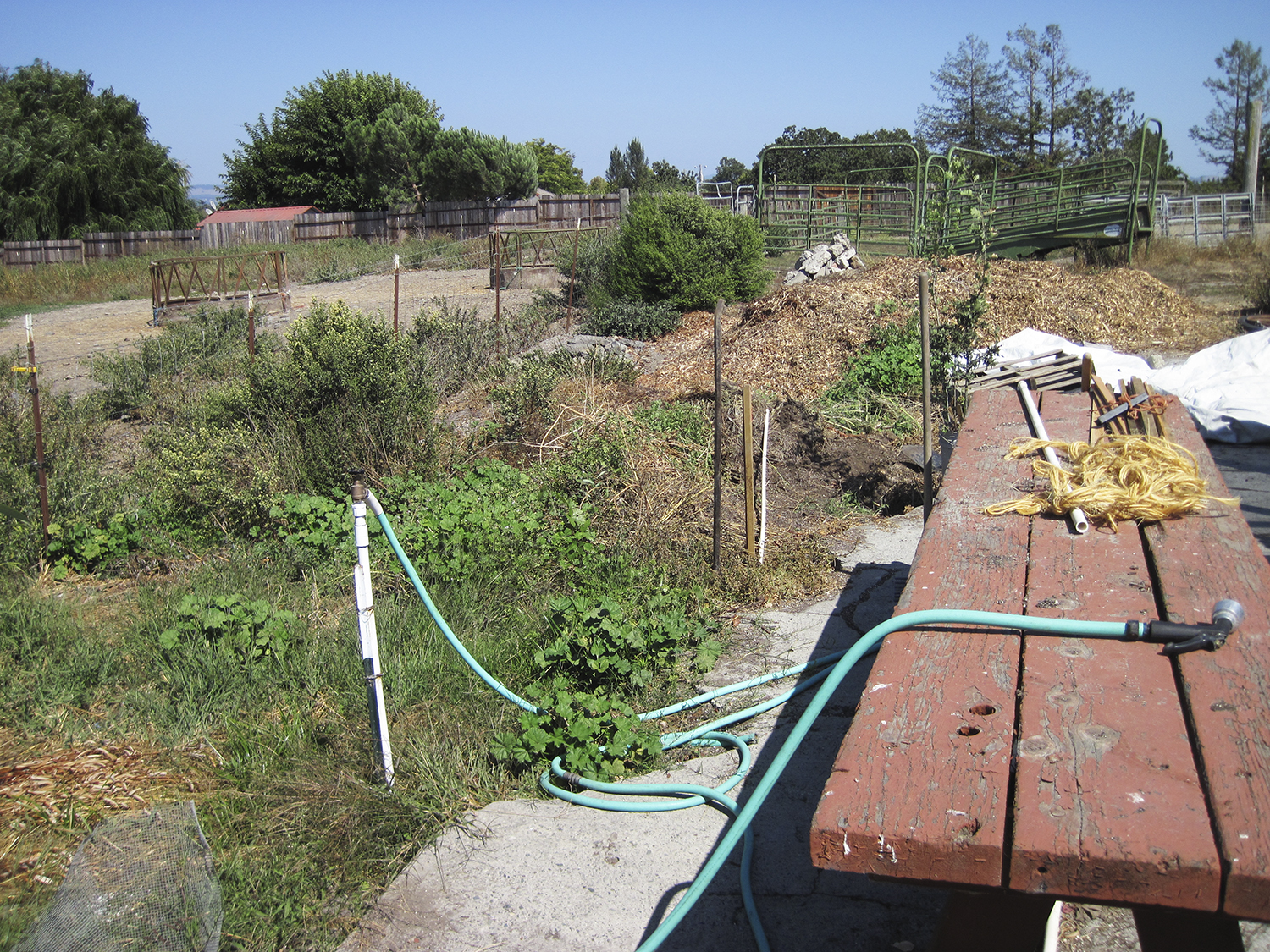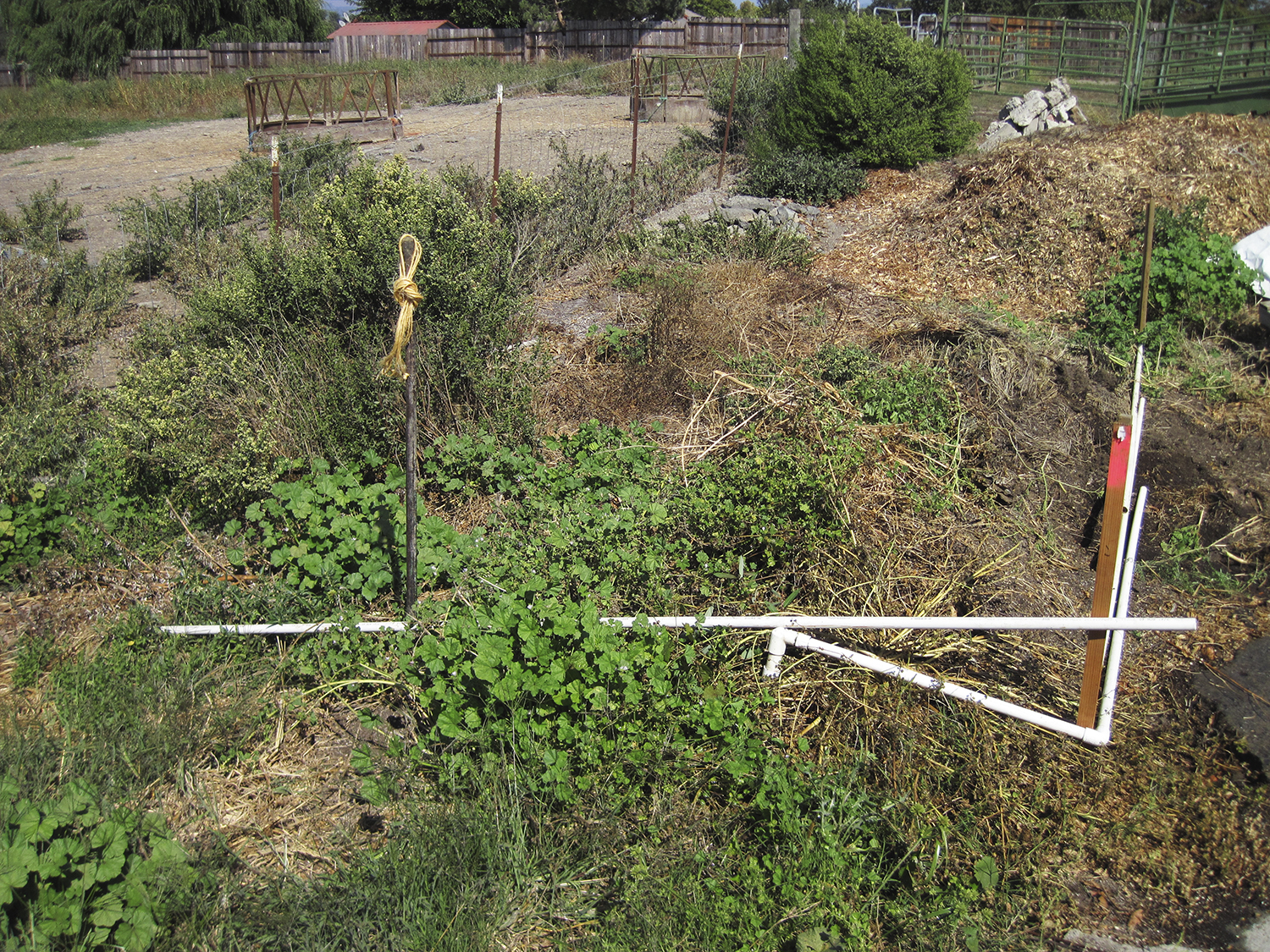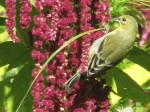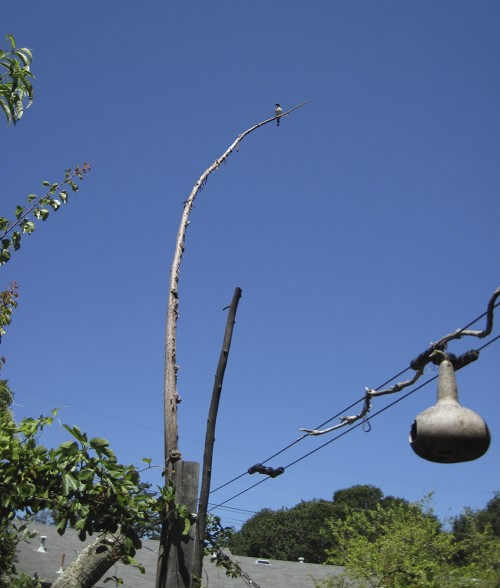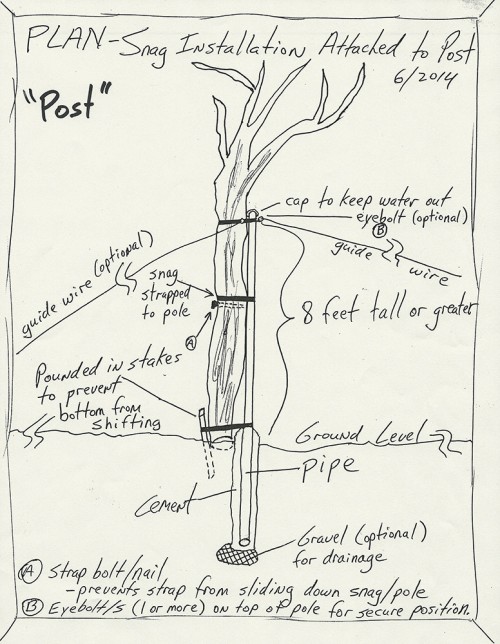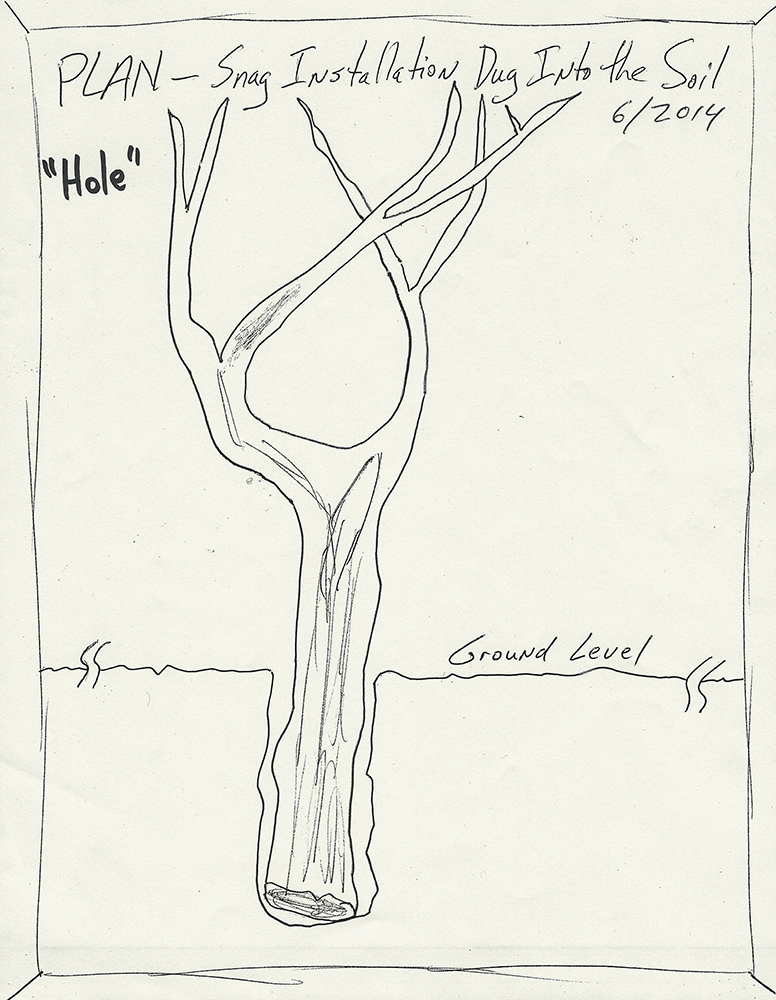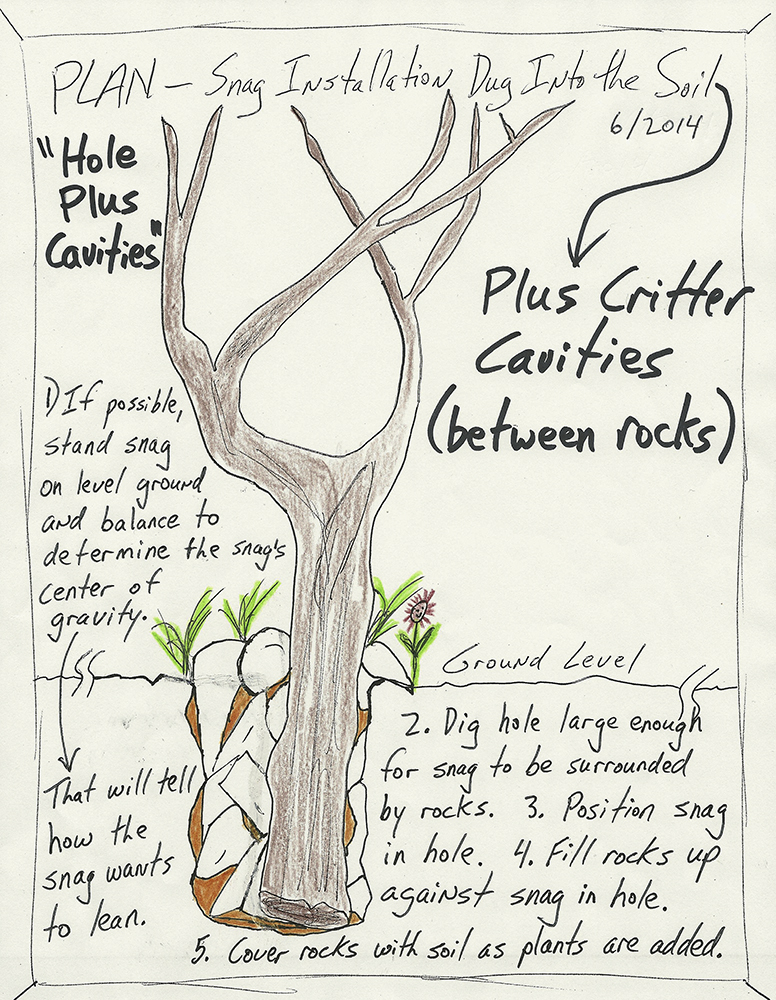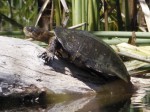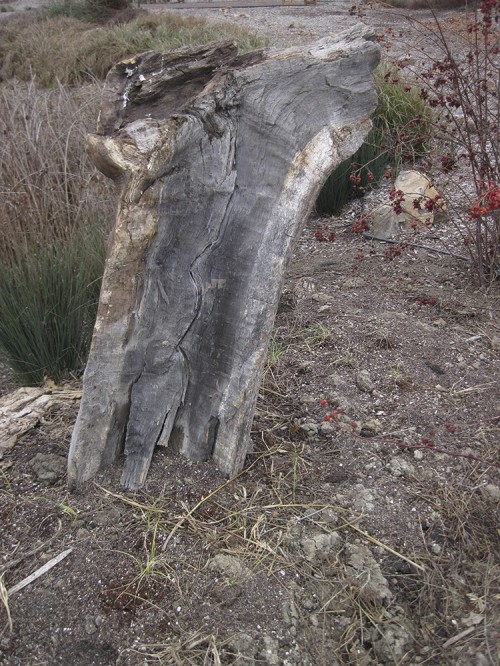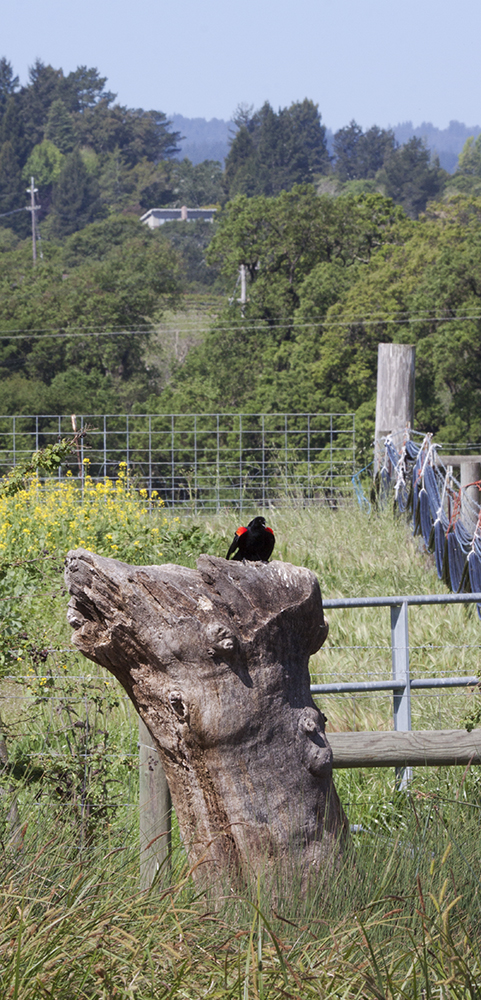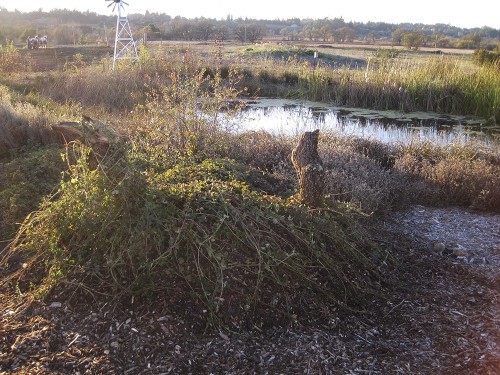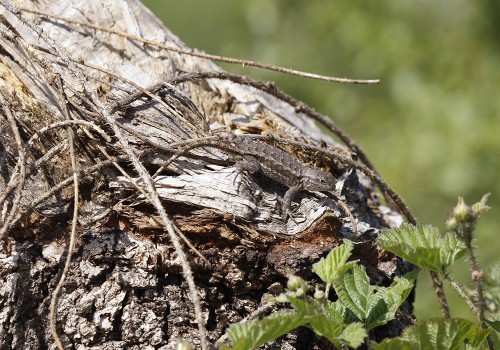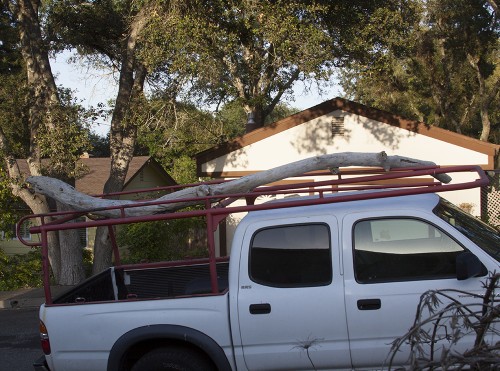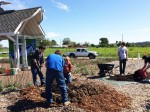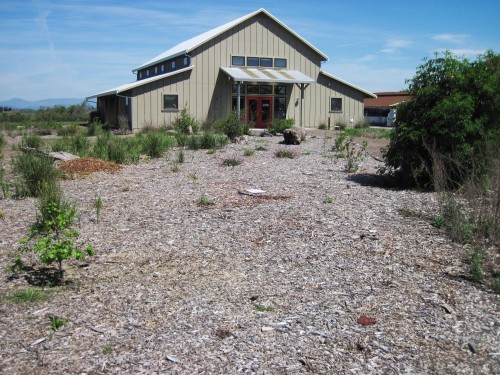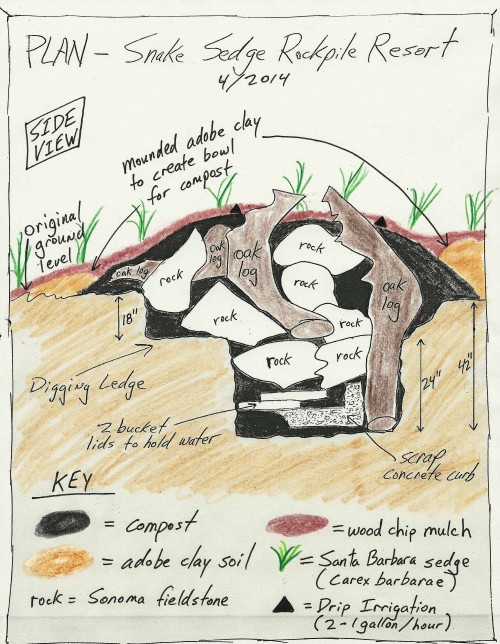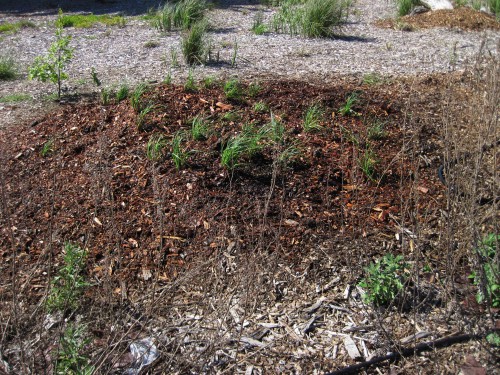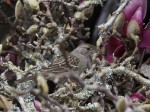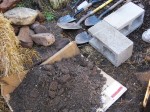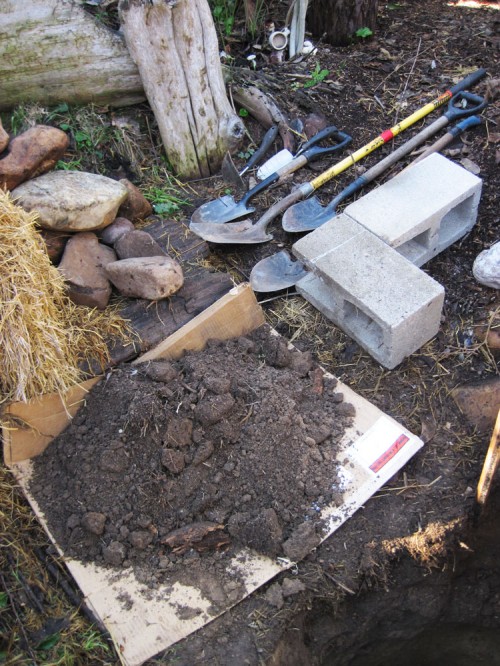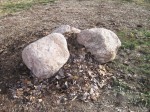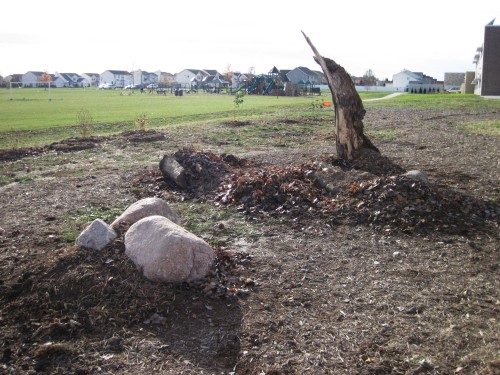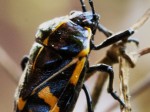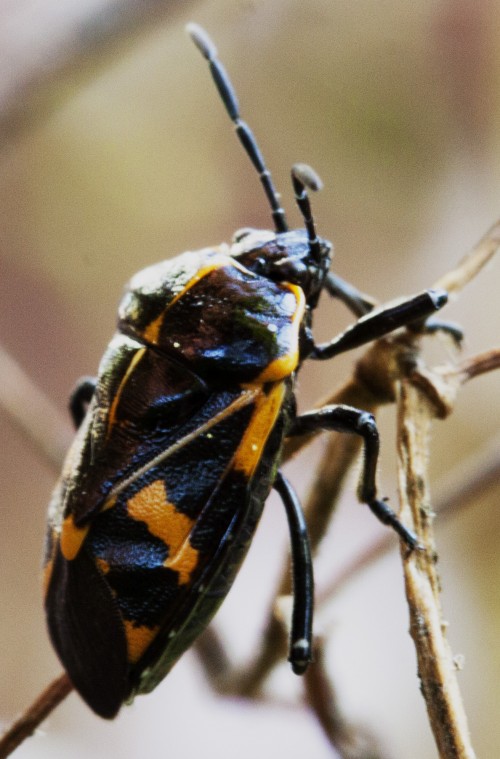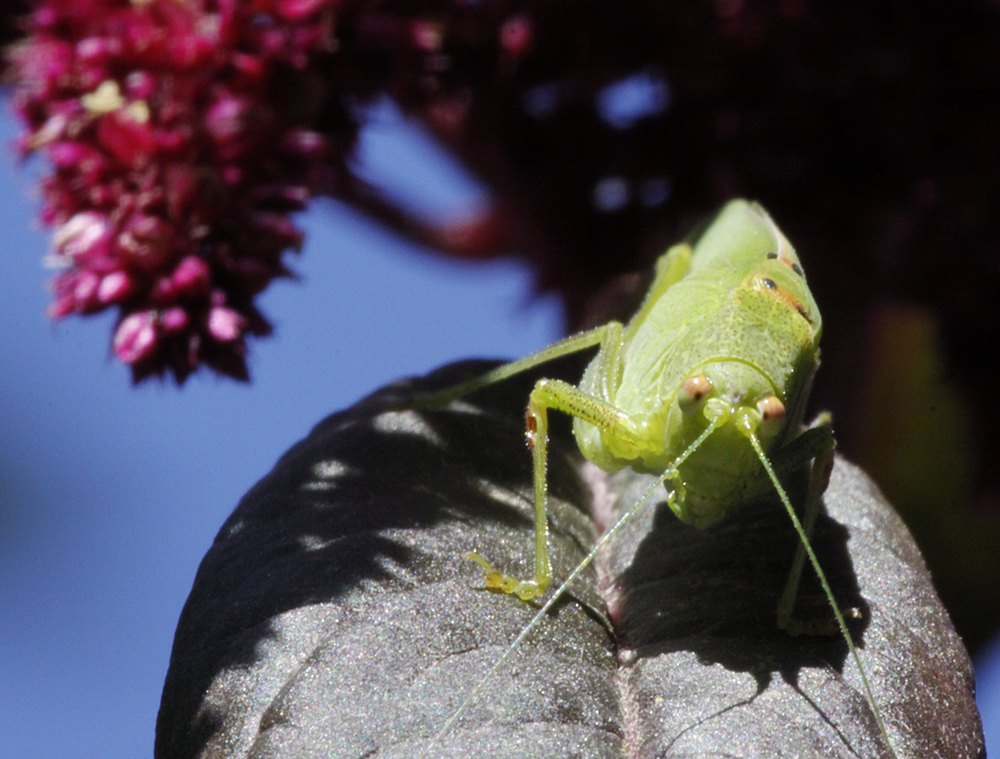
Great Green Bush Cricket on Amaranthus caudatus.
Amaranth is an ancient grain. Its family name is Amanthaceae, with nearly 900 species worldwide. This article focuses on the non-native species Amaranthus caudatus, a species grown by the Aztec Indians of Mexico 8000 years ago, and which has naturalized in my area, Northern California. Yes, that the popular amaranth in our garden is not native was a concern to me when considering it as a topic for this blog site. However, I am taking the time to discuss it here because of its generous gift to both humans and wildlife as a food source.
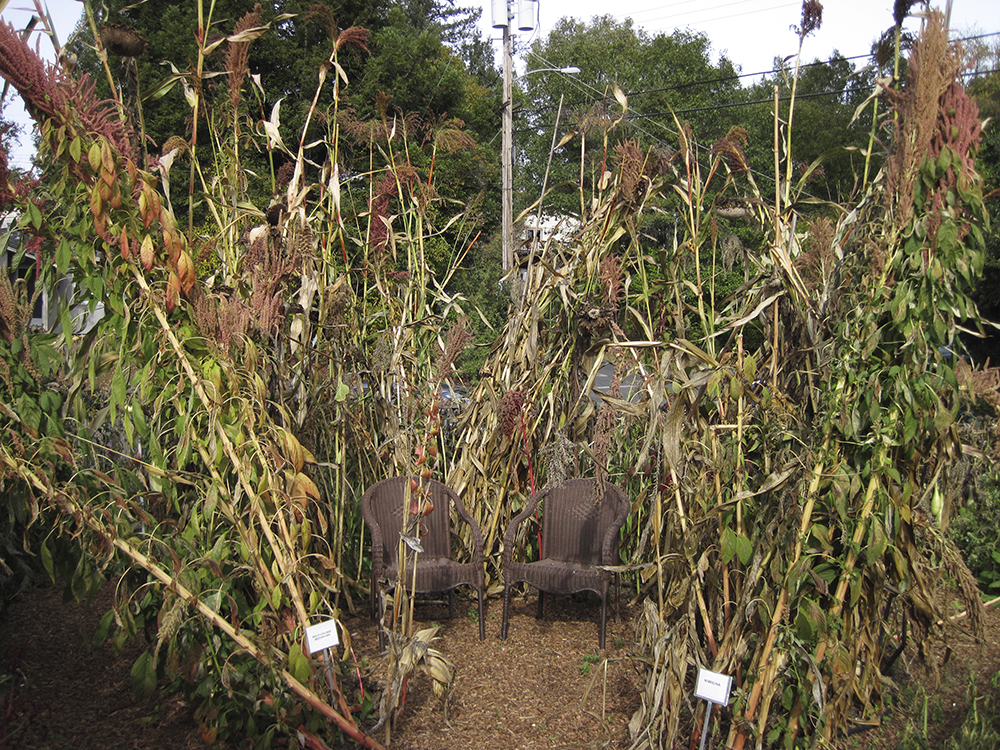
Mature amaranth in the fall surrounds garden seating. Note the pale color of the seed heads — time to harvest seed.
Amaranth likes disturbed soils. It gets its common name “pigweed” because it frequently thrives in the disturbed soils of barnyards, especially pig pens. But because there are so many plants commonly referred to as pigweed, I use “amaranth” in this article. Furthermore, I do not use Amaranthus caudatus‘s other common name, “love-lies-bleeding”, because that’s just plain weird! We’ll stick to “amaranth”.
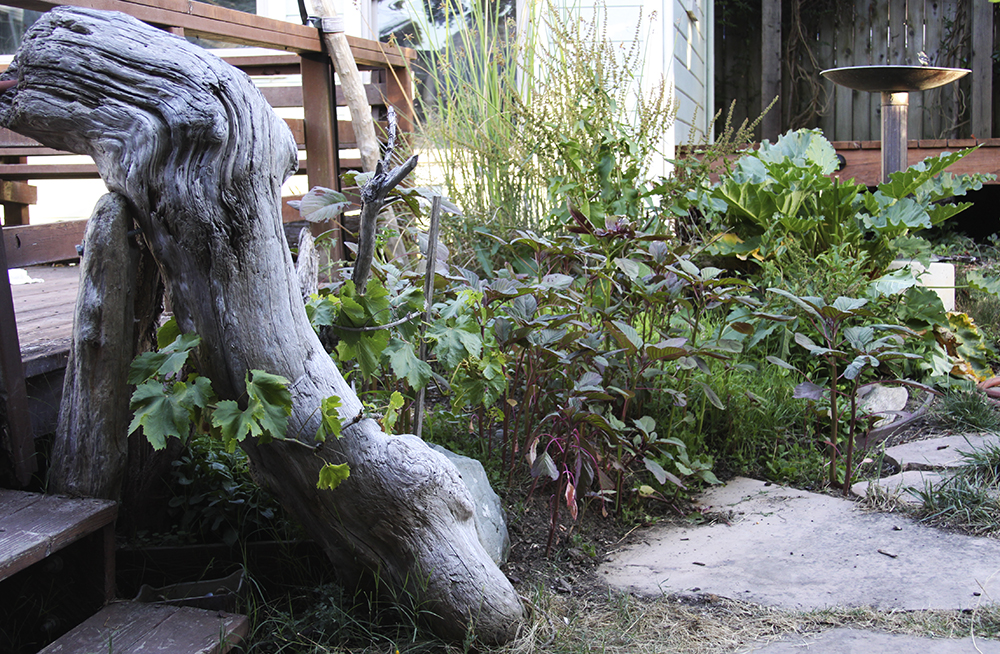
Young volunteer amaranth in the author’s garden.
A curious thing happened in our garden recently. We reclaimed a garden bed that had laid fallow– it was an excellent undisturbed wildlife brush pile creating excellent soil!!! The soil was pushed back off off walkway slates and churned into a planting mound. It was disturbed, first time in a couple of years. Up came amaranth, all along the borders of the bed, some on the mound. Yes, there’s cucumber in there somewhere.
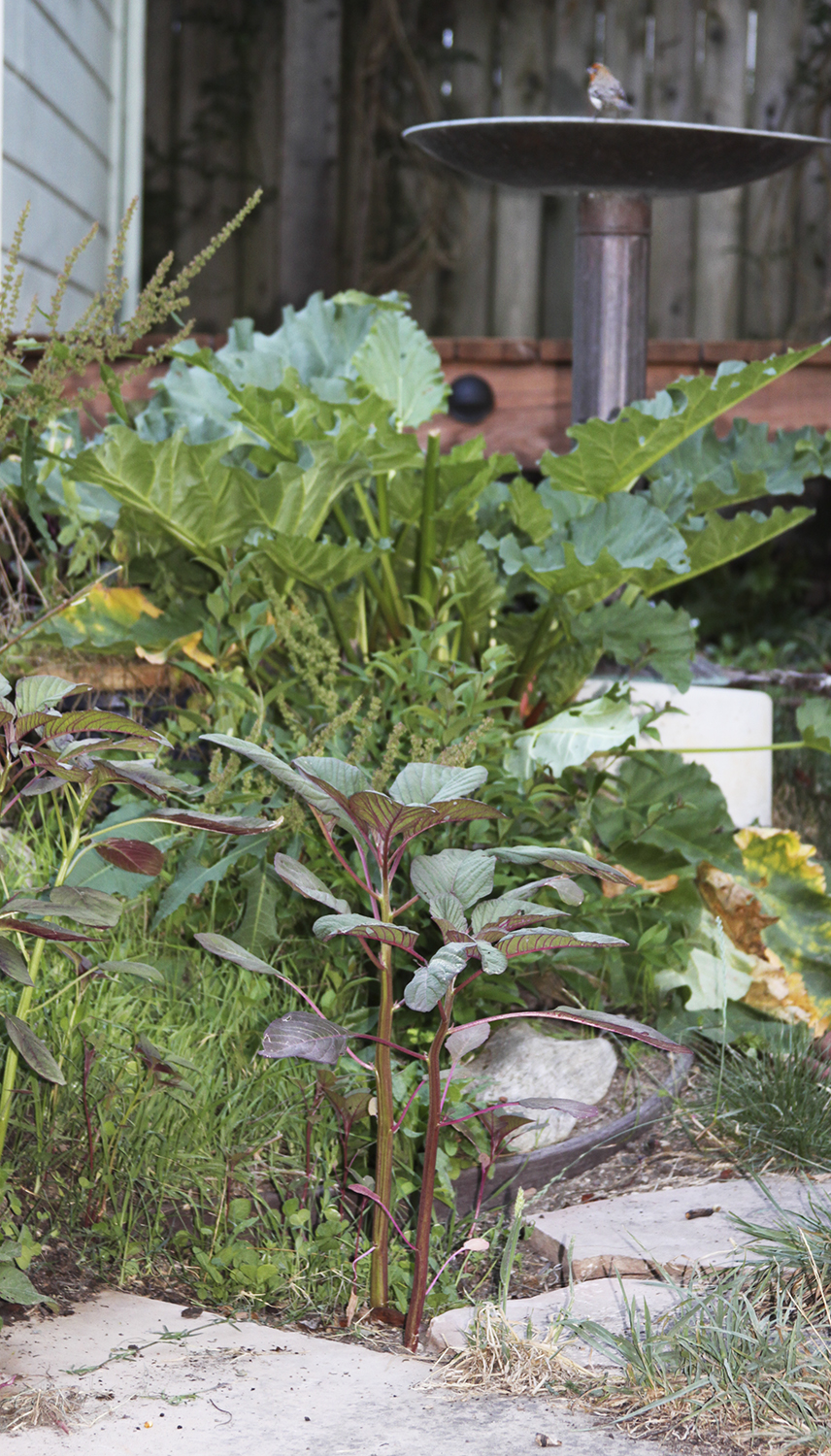
Young amaranth in the author’s garden competes with dock and rhubarb.
The young amaranth leaves have been a delicious salad addition. Tastes a little like soil to me, but I appreciate the not-iceberg-lettuce! hearty flavor.
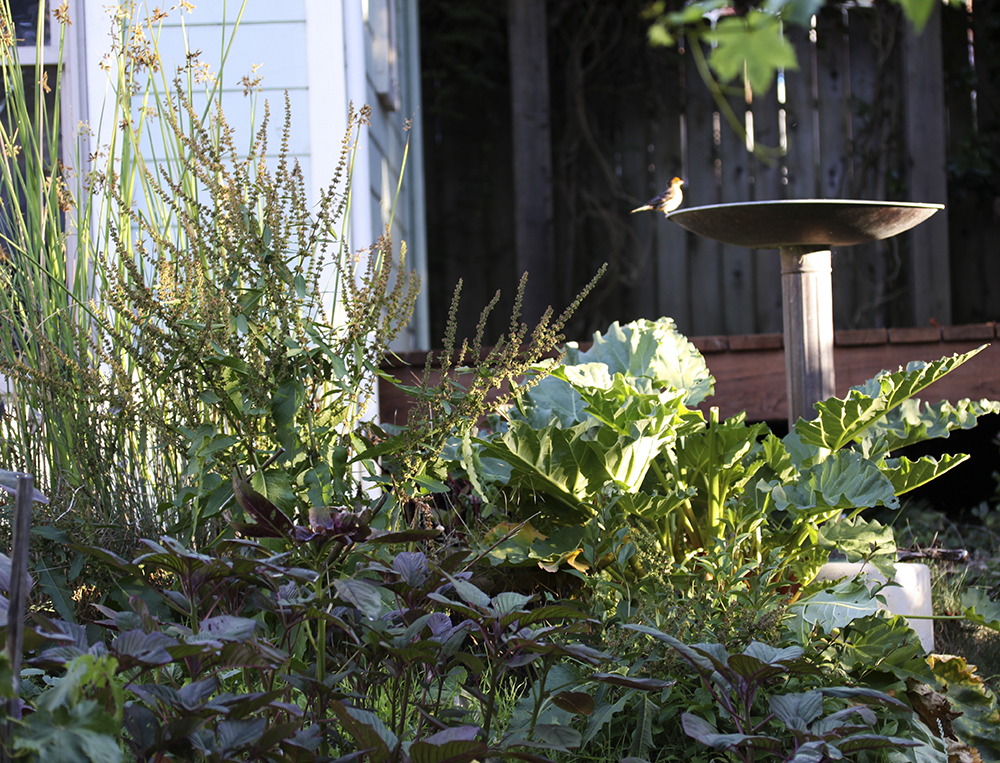
These amaranth (foreground), by fall, will have been thinned, will grow to over 6 feet tall, and will drape luscious tassel-like, seed-rich flowers.
Amaranth is considered an insectary plant, and that’s no wonder considering how many zillions (don’t quote me) of flowerlets there are, with each needing to be pollinated before becoming a seed.
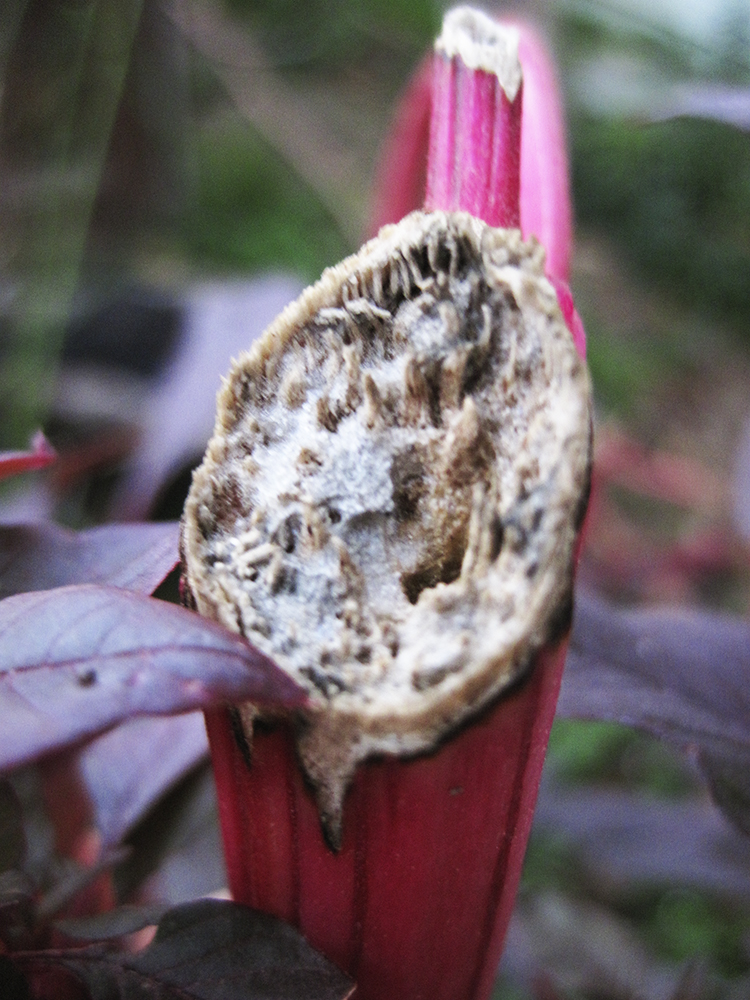
Amaranth stalks are filled with pith, a welcoming overwintering habitat for insects.
The substantial sturdy stems of amaranth can become so ridged and thick that an adult’s hand just reaches around it. Inside is a porous pith — perfect burrowing material for insects. At harvest time, don’t forget to leave some stalks in the garden to encourage wildlife to overwinter in your garden. Besides, you will never get the last seed from the Medusa of flowers, but hungry songbirds might. So leave harvested stalks in your garden. One person’s “debris” could be a whole ecosystem’s habitat.
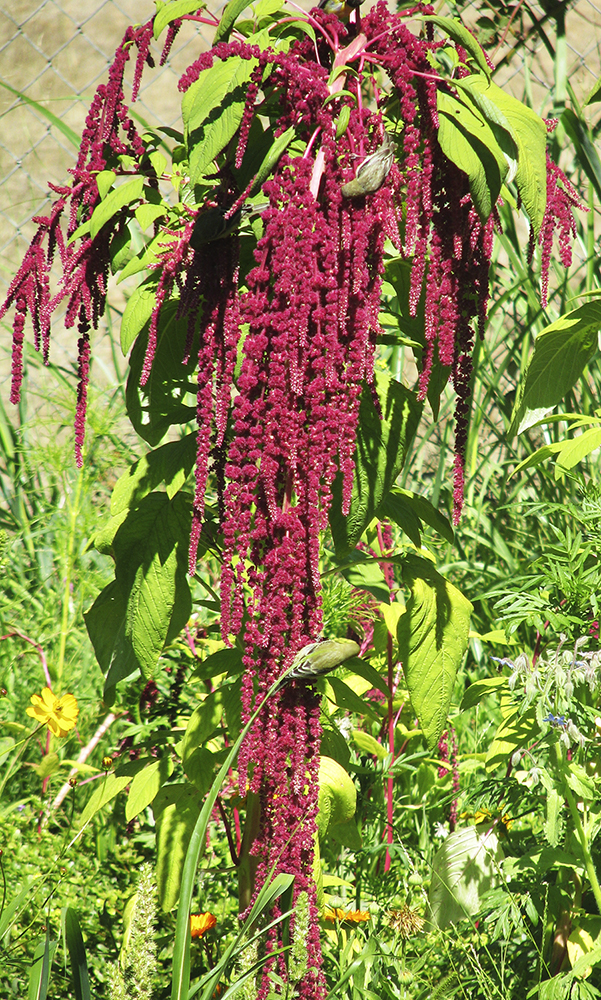
Birds feeding on Amaranthus caudatus. Photo credit: Diane Kennedy of Vegetariat (http://www.vegetariat.com).
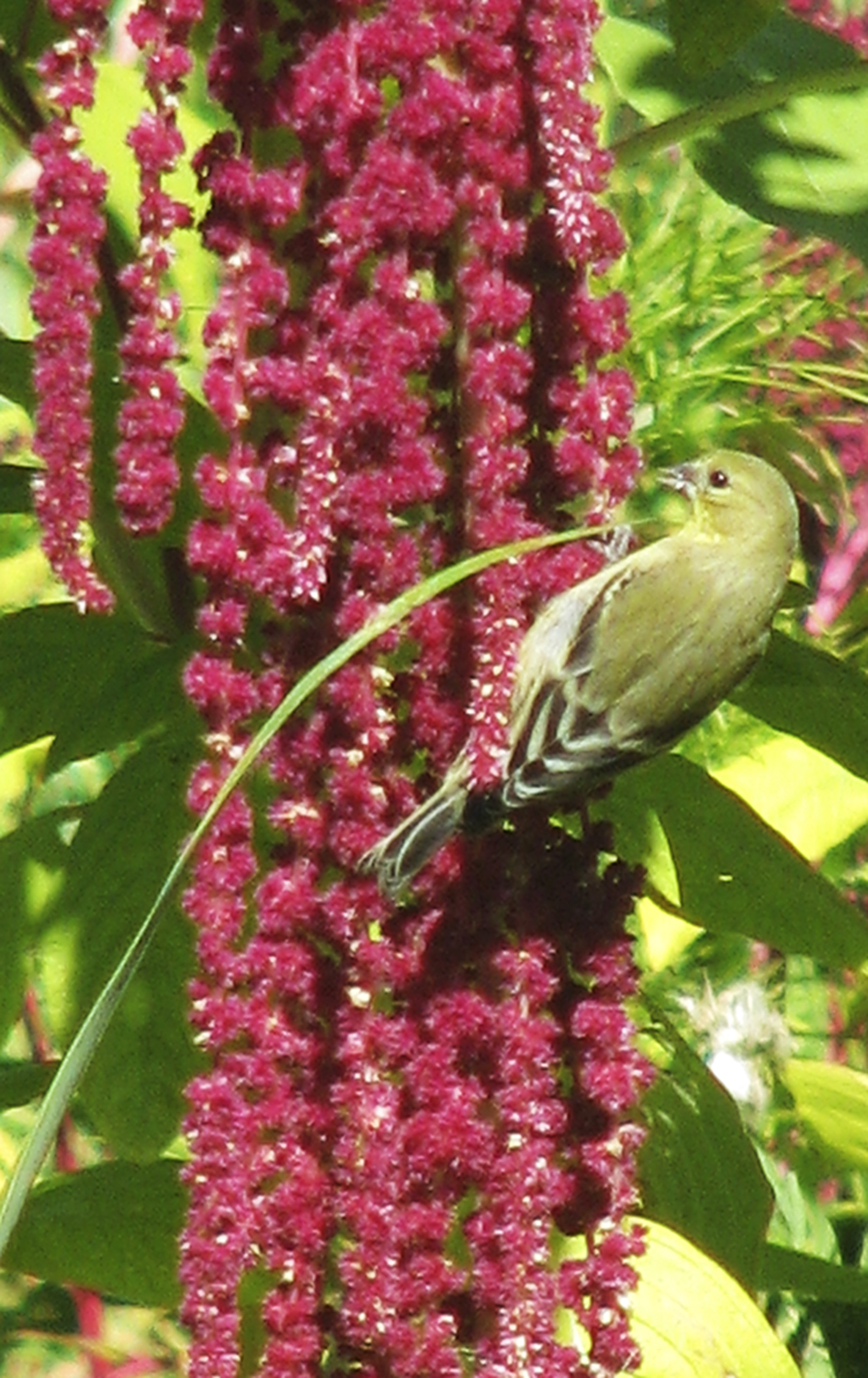
Bird feeding on Amaranthus caudatus. Photo credit: Diane Kennedy of Vegetariat (http://www.vegetariat.com).
The advantages for including amaranth in my edible garden, which is within our “habitat food forest”, keep adding up. Buckwheat and amaranth pancakes for us, pollen and leafage for insects and small critters, seed for birds, a soil builder, and an overwintering material for insects and soil critters.
Enjoy your wildlife habitat garden!
Tony
Some Extra Photos:
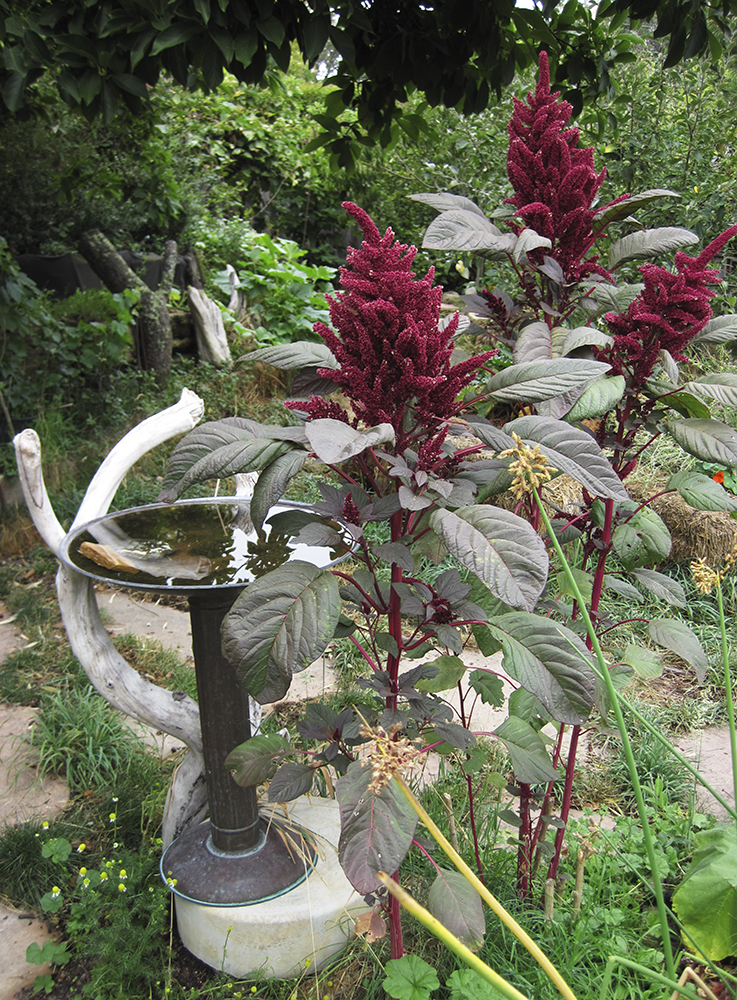
Amaranth caudatus growing alongside Bird Bath Beach in the author’s garden. Note rocks in the bath — steps to the deep end for wasps, bees, butterflies, and birds. Also note the driftwood perches to allow birds to check for safety before committing to the water.

The red pigment in amaranth was used by the Native American Hopi tribe to dye cloth.
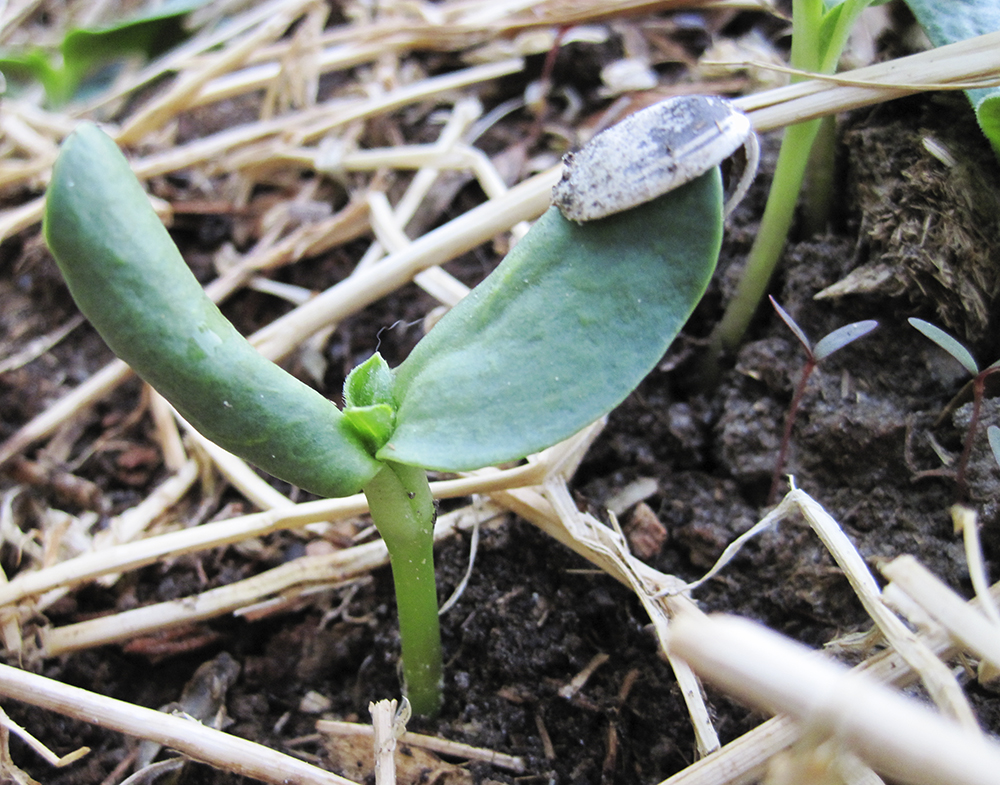
Amaranth seedlings (purple, back right) are tiny in relation to a sunflower seedling (green, with seed still attached).
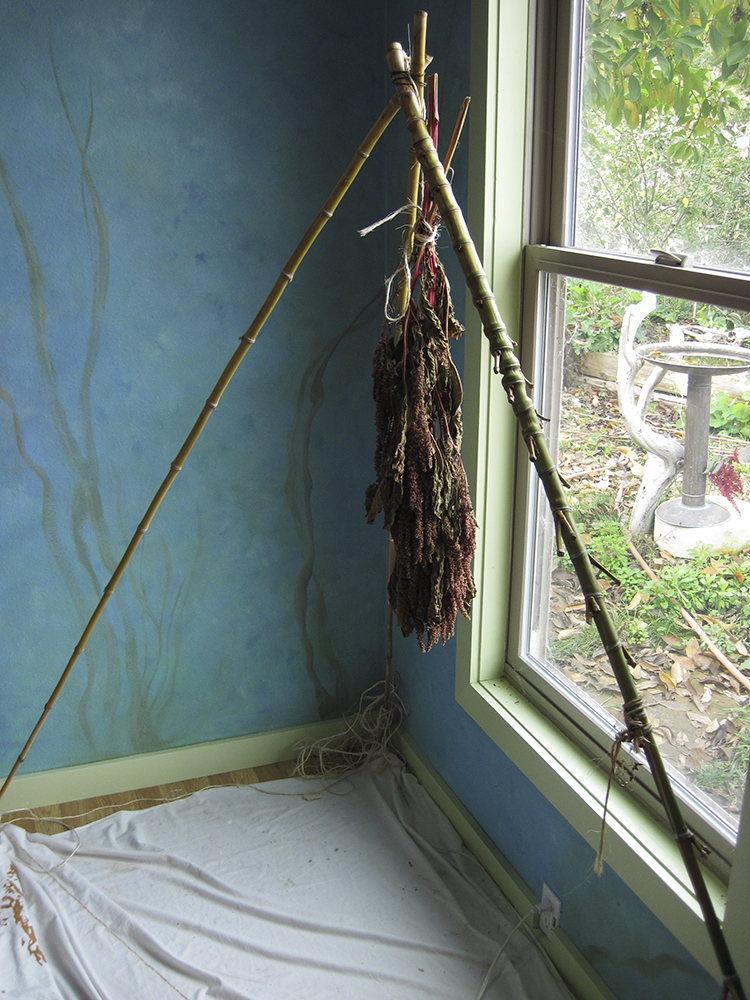
Drying stand for amaranth. The flower clusters will be “milked” so that the seed will drop onto the sheet for easy collection.
